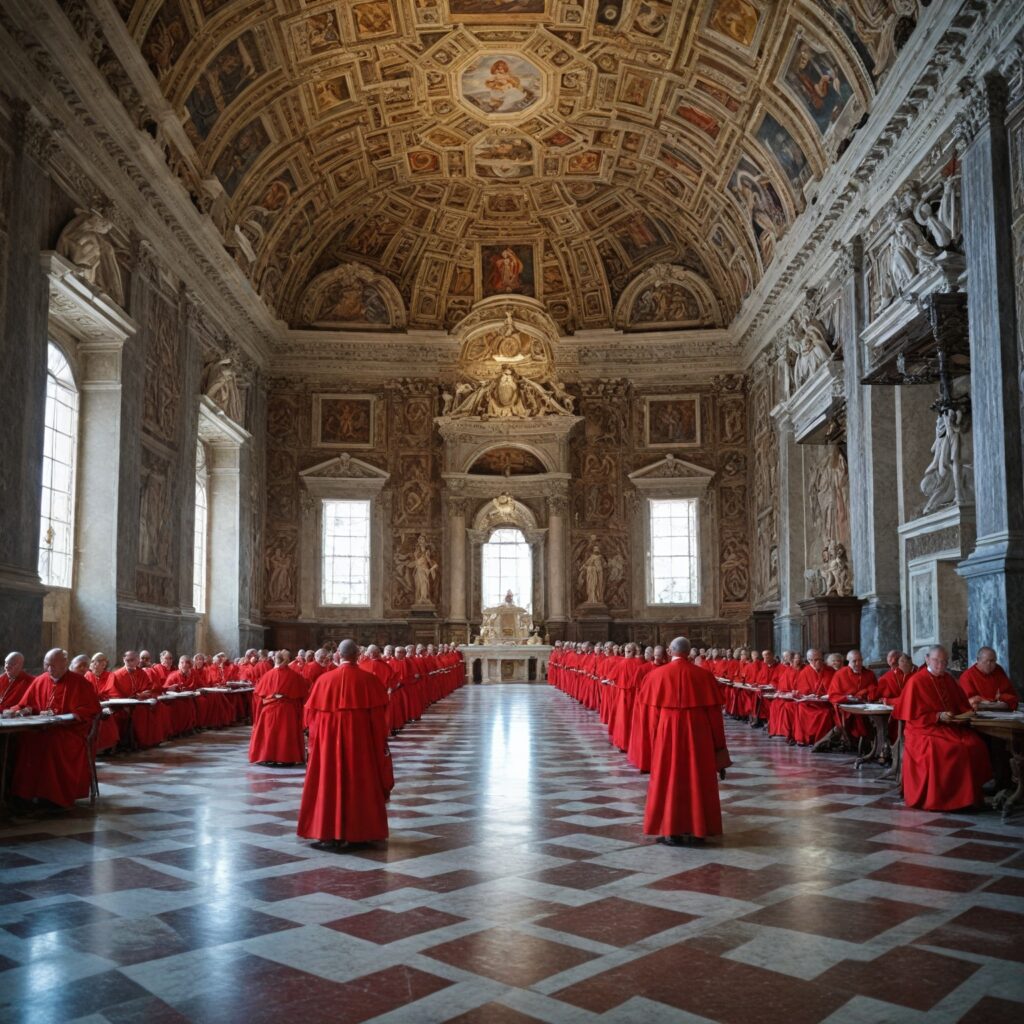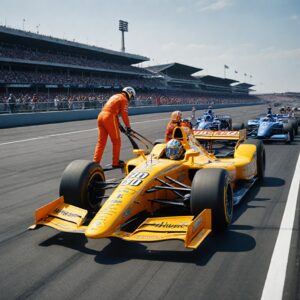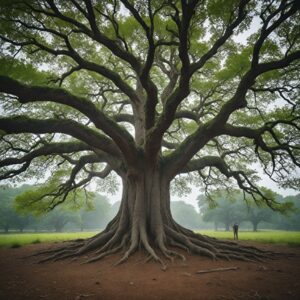
Highlights:
– The significance of black and white smoke in electing a new pope
– Duration of the papal conclave and examples of past elections
– Unique circumstances surrounding the election of Pope Francis in 2013
The Role of Black and White Smoke in Choosing a New Pope
In the centuries-old tradition of selecting a new pope, the black and white smoke emerging from the Sistine Chapel’s chimney holds profound significance. The sight of “fumata bianca,” or white smoke, signifies the successful election of a new pontiff. Conversely, if the smoke appears black, it indicates an inconclusive vote where a decision on the new pope has not been reached. This visual cue has long been an iconic and eagerly awaited moment by the faithful and the world alike, signaling the culmination of a secretive and sacred process.
The process of electing a new pope can vary in duration but hinges on the cardinal electors within a conclave reaching a two-thirds majority consensus. Typically, about four votes are cast each day until a clear victor emerges. This was demonstrated in the election of Pope Francis, where the conclave lasted approximately 28 hours, ultimately leading to his selection as Benedict XVI’s successor. However, historical records show that the longest conclave in history took place in 1268, spanning a staggering 34 months before a pope was elected, underscoring the gravity and complexity of this pivotal decision-making process.
Exploring Papal Elections and Historical Precedents
The election of Pope Francis in 2013 marked a significant departure from tradition, as it followed the unprecedented resignation of Pope Benedict XVI. This event was extraordinary, as voluntary resignations from the papacy are exceedingly rare, with Benedict being the first pope since Gregory XII in 1415 to step down. The rationale behind Benedict’s decision, citing declining physical and mental strength, highlighted the demanding nature of the papal role and the weight of its responsibilities.
Reflecting on past papal transitions reveals the intricate tapestry of history woven into the fabric of the papacy. The election process, encapsulated by the unveiling of black or white smoke, serves as a visible reminder of the conclave’s secretive deliberations and the spiritual guidance believed to be at work. As the Vatican navigates the evolving challenges of the modern world, these age-old traditions continue to captivate global audiences and uphold the sanctity and continuity of papal succession.
Implications and Future Considerations
The recent dynamics surrounding papal elections underscore the adaptability and resilience of the Catholic Church in responding to changing circumstances. While rooted in centuries-old customs, the process of electing a pope remains a dynamic interplay of tradition and contemporary relevance, shaping the Church’s leadership and direction. The intersection of history, faith, and governance converges in the solemn rites of the papal conclave, perpetuating a legacy that transcends time and resonates with believers worldwide.
Looking ahead, the evolving landscape of global affairs and societal values poses challenges and opportunities for the papacy. How might future papal transitions reflect the shifting dynamics of the Church and its place in the modern world? What role does tradition play in ensuring the continuity and relevance of the papal office amidst changing social norms and expectations? As we witness the timeless rituals of the conclave unfold, these questions beckon us to contemplate the enduring legacy of papal elections and their enduring impact on the Catholic faithful worldwide.
In conclusion, the ritual of black and white smoke in the election of a pope symbolizes more than a mere outcome; it embodies the sacred traditions and spiritual significance embedded in the papal succession process. As history unfolds within the hallowed confines of the Vatican, the world watches with bated breath, witnessing the timeless pageantry of an ancient ritual that continues to shape the course of the Catholic Church and its faithful.
Editorial content by Reagan Chase











